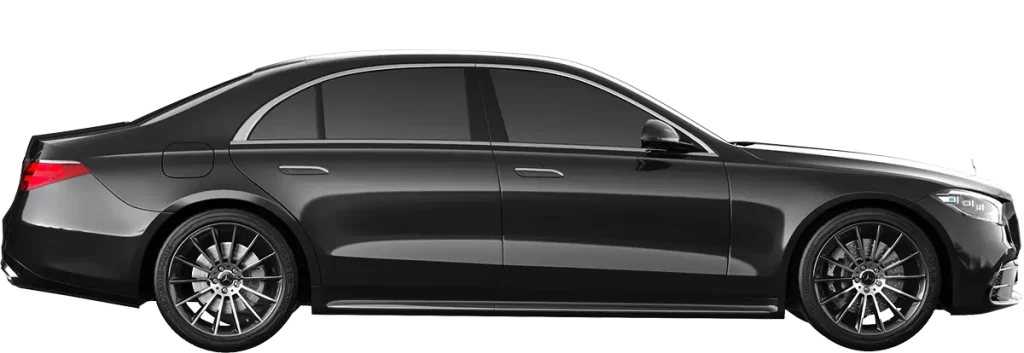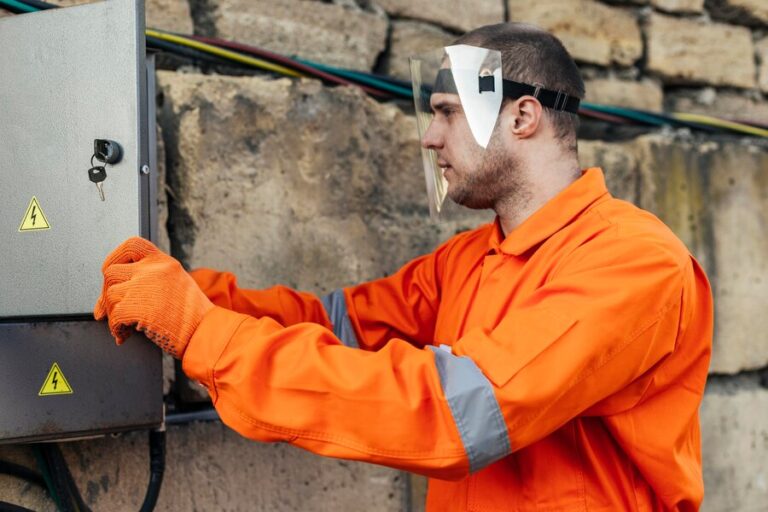In an ever-changing world where security concerns continue to evolve, the demand for armored vehicles remains steadfast. Armored cars have long been associated with military and government use, but in recent years, they have gained popularity among high-net-worth individuals, corporate executives, and even private citizens seeking enhanced protection. As technology advances and new threats emerge, the future of armored cars promises to be both exciting and transformative. In this article, we’ll explore some of the key trends and innovations shaping the future of armored vehicles.
Advanced Materials and Lightweight Armor:
One of the most significant trends in the armored car industry is the development of advanced materials that offer increased protection without adding unnecessary weight. Traditional armored vehicles often relied on heavy steel plating, which could impact performance and fuel efficiency. However, recent advancements in materials such as carbon nanotubes, aramid fibers, and ceramic composites have enabled the production of lightweight yet highly effective armor. These materials not only provide superior ballistic protection but also allow for greater customization and improved vehicle dynamics.
Integrated Active Protection Systems:
Active protection systems (APS) have become increasingly prevalent in modern military vehicles, and their adoption in civilian armored cars is on the horizon. APS utilize sensors, radar, and other technologies to detect and intercept incoming threats such as missiles, rockets, and grenades before they reach the vehicle. As these systems become more compact, affordable, and reliable, we can expect to see them integrated into armored cars to provide an additional layer of defense against advanced threats.
Autonomous and Connected Features:
The rise of autonomous and connected vehicle technologies is poised to revolutionize the armored car industry. While fully autonomous armored vehicles may still be a few years away, we can expect to see the gradual integration of semi-autonomous features such as advanced driver assistance systems (ADAS) and remote monitoring capabilities. These technologies not only enhance safety and situational awareness but also enable real-time communication and data sharing between vehicles and security personnel.
Electrification and Hybrid Powertrains:
The shift towards electrification in the automotive industry is not limited to conventional passenger cars; armored vehicles are also embracing this trend. Electric and hybrid powertrains offer numerous advantages for armored cars, including reduced noise emissions, increased torque for improved acceleration, and enhanced reliability with fewer moving parts. Additionally, electric propulsion systems can be integrated with advanced energy storage solutions such as graphene-based batteries, further enhancing the overall performance and efficiency of armored vehicles.
Adaptive Camouflage and Concealment Technologies:
In an era of heightened surveillance and reconnaissance capabilities, the ability to blend into the environment is more critical than ever. Adaptive camouflage and concealment technologies utilize advanced materials and sensors to dynamically adjust the appearance of armored vehicles based on surrounding conditions. These systems can mimic the colors and textures of the surrounding terrain, making the vehicle virtually invisible to visual and infrared detection systems.
Modular Design and Scalability:
Flexibility and adaptability are key considerations in the design of future armored vehicles. Modular architectures allow for easy integration of new technologies, upgrades, and mission-specific equipment, ensuring that armored cars remain relevant and effective in rapidly changing environments. Additionally, scalable platforms enable manufacturers to offer a range of vehicle sizes and configurations to meet diverse customer requirements, from compact sedans to heavy-duty SUVs.
Cybersecurity and Data Protection:
As armored cars become increasingly connected and reliant on electronic systems, cybersecurity becomes a paramount concern. Hackers could potentially exploit vulnerabilities in vehicle software to gain unauthorized access or compromise critical systems. Therefore, future Véhicules Blindés will need robust cybersecurity measures, including encryption, intrusion detection systems, and secure over-the-air updates, to safeguard against cyber threats and ensure the integrity of onboard data and communications.
Environmental Sustainability:
With growing concerns about climate change and environmental sustainability, the armored car industry is under pressure to reduce its carbon footprint and embrace eco-friendly technologies. This includes not only electrification but also the use of lightweight materials, energy-efficient components, and alternative fuel sources such as hydrogen and biofuels. By prioritizing sustainability, armored car manufacturers can align with evolving societal values and contribute to a cleaner, greener future.
In conclusion, the future of armored cars is filled with promise and innovation, driven by advancements in materials science, technology, and societal trends. From lightweight armor and active protection systems to autonomous features and adaptive camouflage, armored vehicles are poised to become more capable, versatile, and secure than ever before. By staying abreast of these emerging trends and embracing new technologies, the armored car industry can continue to meet the evolving needs of its customers and ensure their safety and security in an increasingly uncertain world.







